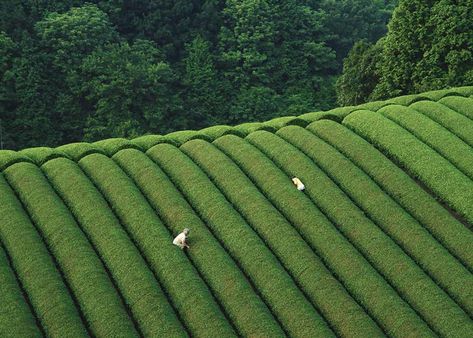
the origins of matcha
Matcha’s story began over 800 years ago in Japan, where Zen Buddhist monks discovered its incredible benefits for meditation and focus.
The vibrant green tea powder became a key part of Japanese culture, symbolising harmony, respect, and tranquility.
Today, matcha is celebrated worldwide for its unique flavour and health benefits, but its roots remain deeply tied to tradition.
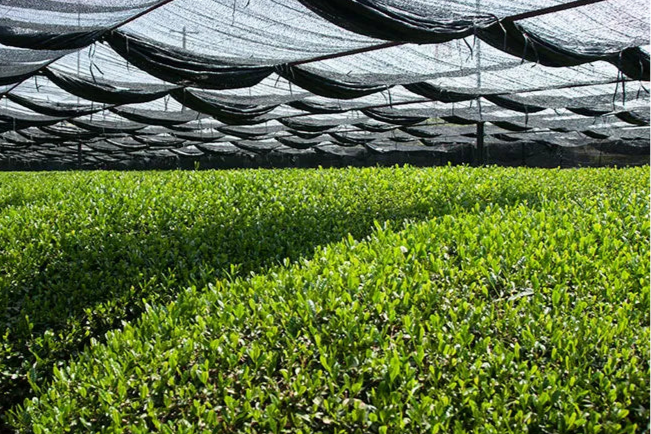
HOW MATCHA IS GROWN AND MADE
Matcha is unlike any other tea. It starts with shade-grown tea leaves, where plants are covered to boost chlorophyll production, giving matcha its signature vibrant green colour.
Once harvested, the leaves are steamed, dried, and stone-ground into an ultra-fine powder. This meticulous process ensures that matcha retains its nutrients, flavour, and smooth texture.
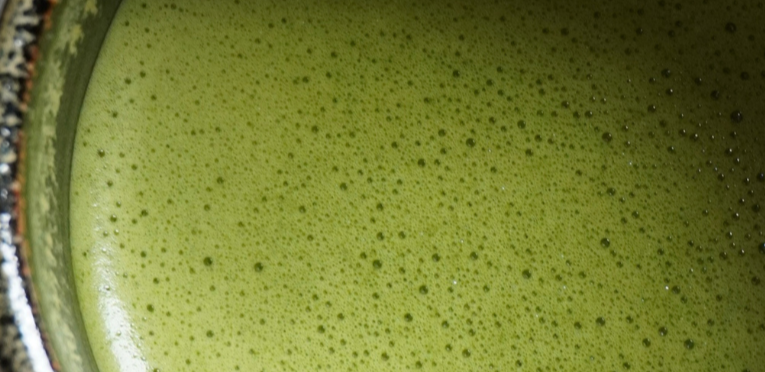
WHY UJI, JAPAN
The region where matcha is grown has a profound impact on its quality, and Uji, Japan, is renowned as the world’s matcha capital. With its nutrient-rich soil, ideal climate, and centuries-old farming traditions, Uji produces matcha that is vibrant, fresh, and full of depth.
Farmers here pass down their craft through generations, ensuring every batch meets the highest standards.
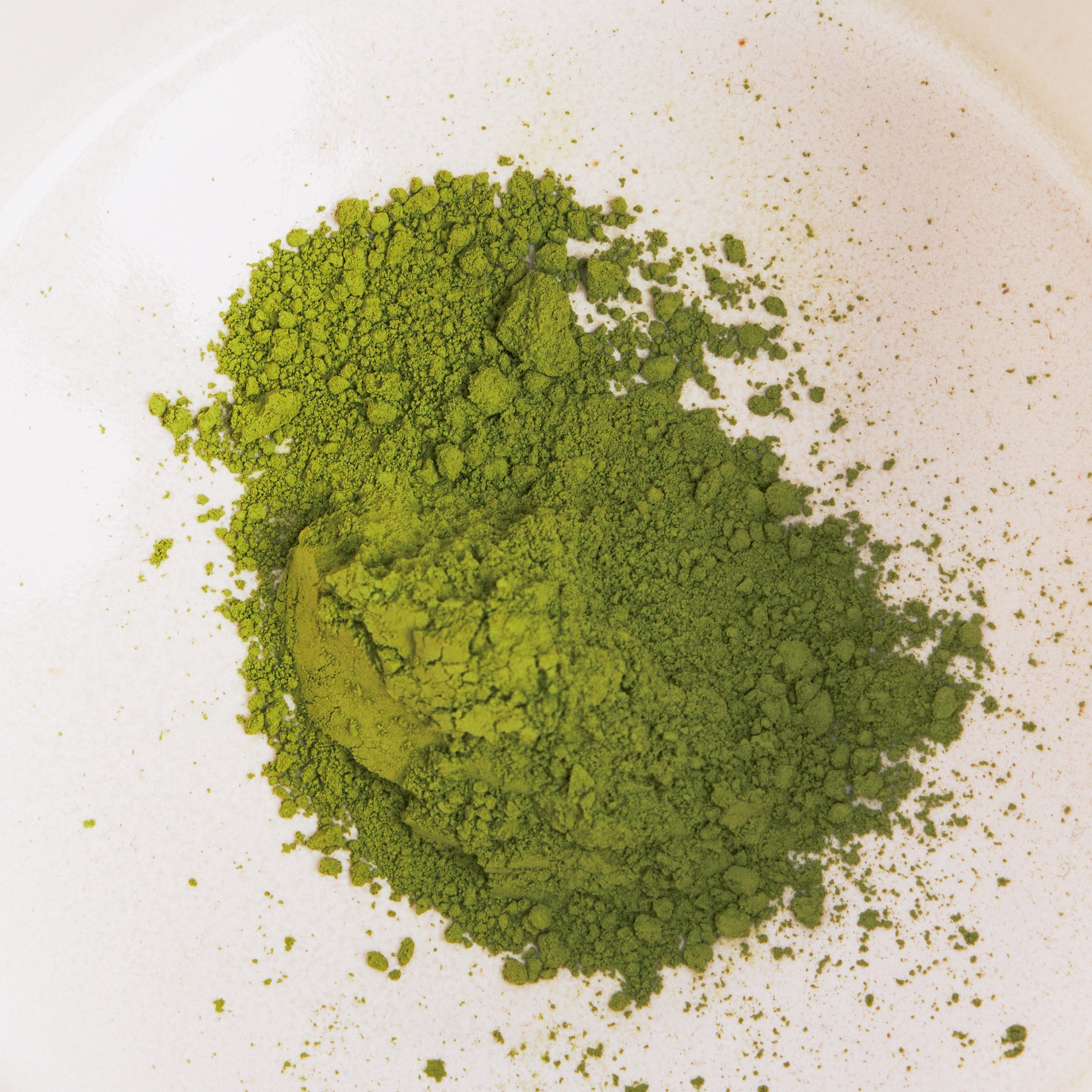
HEALTH BENEFITS OF MATCHA
Matcha is a superfood in its purest form. It’s loaded with antioxidants, particularly EGCG, which supports cellular health and fights free radicals. Its unique blend of caffeine and L-theanine delivers a calm, focused energy without the jitters or crashes associated with coffee.
Matcha also supports metabolism, detoxification, and overall wellness, making it a powerful addition to your daily routine.
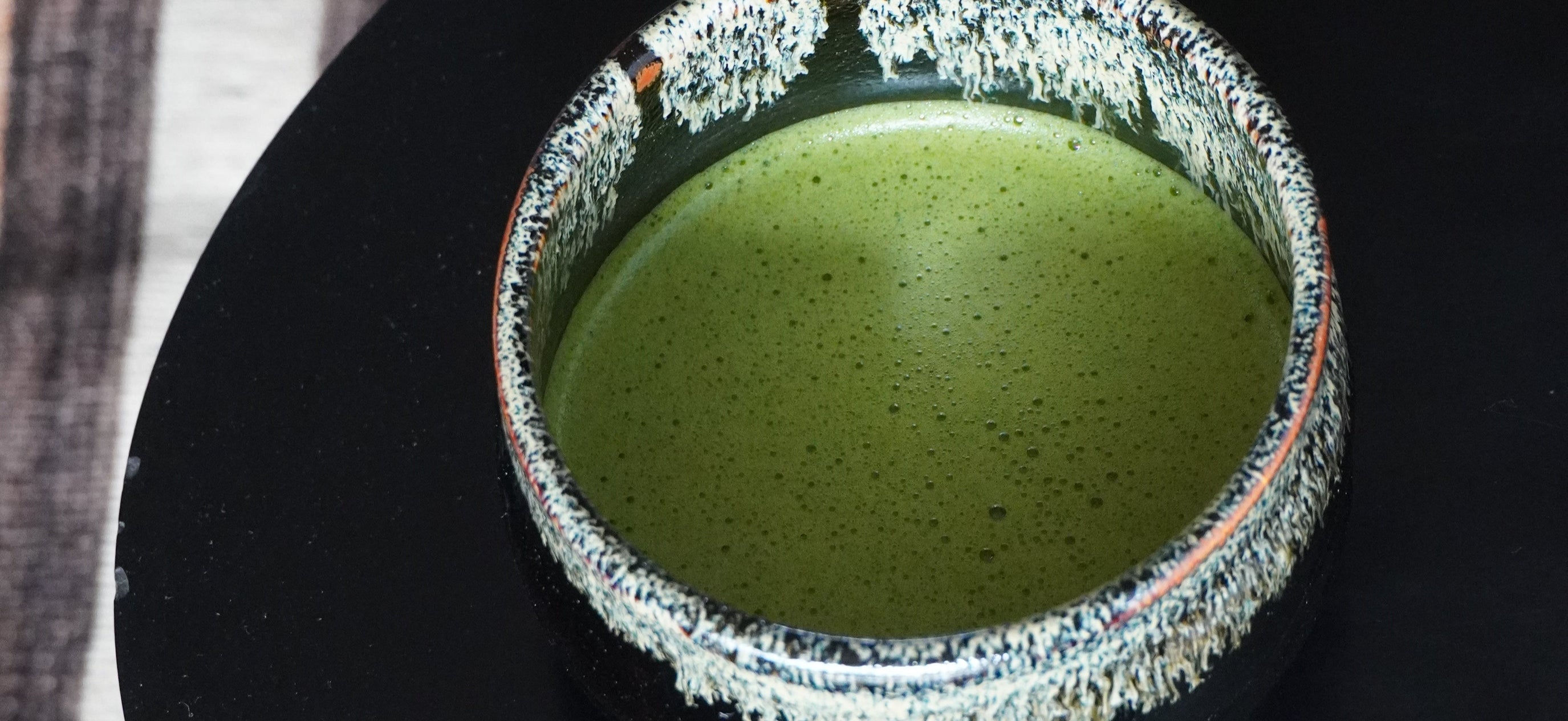
Simple, Natural Ingredients
At its heart, matcha is just one ingredient: 100% pure, stone-ground green tea leaves. No fillers, no additives, and no unnecessary extras – just nature’s best in every scoop.
